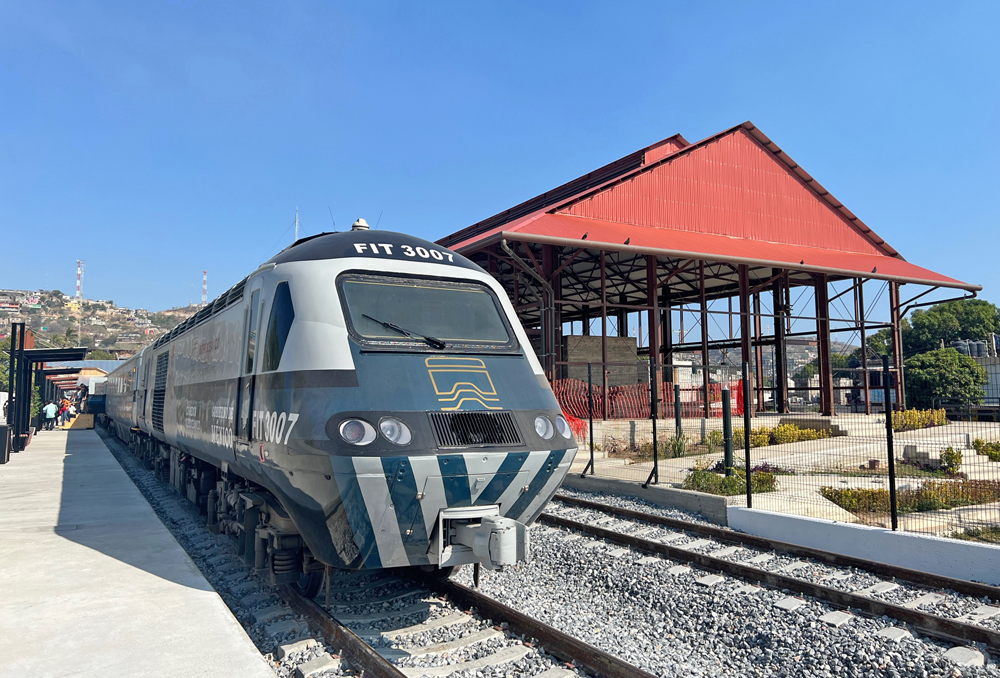
More former British High Speed Train, or HST, trainsets are now on their way to Mexico.
An initial shipment of HST equipment arrived last year for passenger service on the Tehuantepec Isthmus Railway/Ferrocarril del Istmo de Tehuantepec rail line in the south of the country [see “Passenger equipment from Britain, US heads to Mexico,” Trains News Wire, Sept. 4, 2023]. That line reopened to passenger service on Dec. 22, 2023, and eventually plans to offer a freight rail alternative to shipping through the Panama Canal [see “Mexico launches Interoceanic Train service,” News Wire, Dec. 23, 2023]. Now, a larger consignment of seven more diesel locomotive power cars and 18 trailer cars is on its way.
These were loaded onboard the Liberian registered merchant ship MV Louise Auerbach at the port of Great Yarmouth in eastern England. The ship left Yarmouth on Feb. 7 and is headed to Mexico after further port calls in Europe; it is initially routed via Hamburg, Germany. The HST equipment was moved by road into the port, which has no rail connection; some came from a rail storage yard around 80 miles away in Ely. A video of one of these transport moves is available on YouTube.
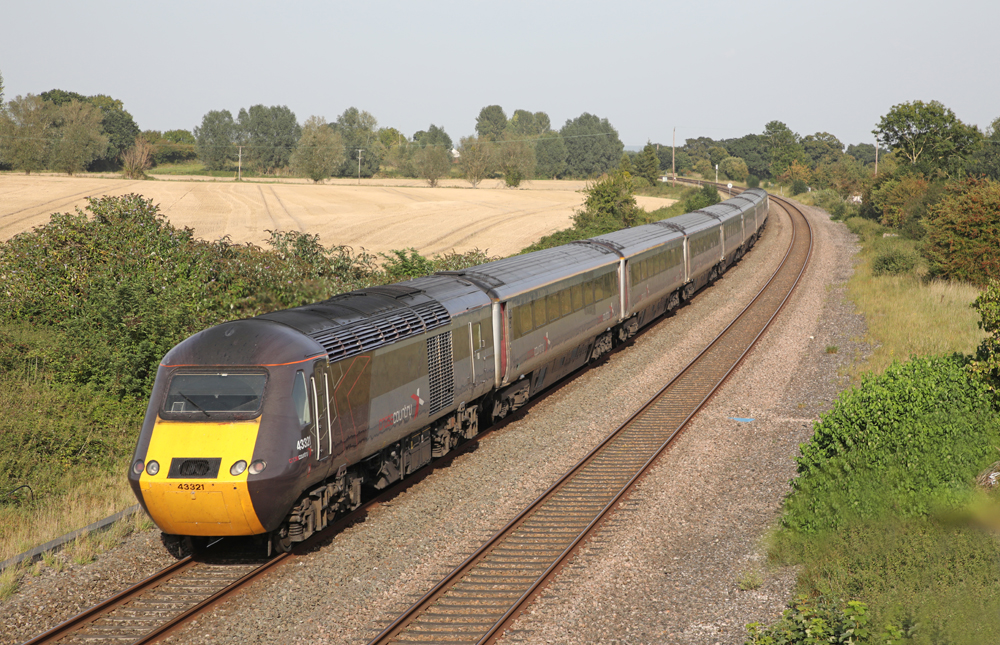
The HST trains, introduced from 1976 to 1982, were used in Britain at up to 125 mph, typically with seven or eight trailer cars between power car locomotives at each end. The HST design holds the world record speed for a diesel-powered train (148 mph, set in November 1987). The trains have been largely replaced in the last decade and most remaining examples, which had been modernized with new interiors, have been taken out of service. A small fleet is likely to remain in use in Scotland for up to three more years, normally limited there to 100-mph operation.
The equipment shipped in this second batch consists of power car locomotives formerly used by British operators Cross Country, Great Western Railway, and LNER. Following their withdrawal in Britain, the HST trains — most of which are owned by private leasing companies, and many were sidelined in full working order simply to reduce ongoing lease and fuel expenditure — are becoming sought after elsewhere. While 40-plus-years-old, they all have modern diesel engines and control systems and modernized cars, so represent a low-cost option to introduce passenger service. Since 2023, along with those sent to Mexico, a batch of trains has been shipped to the African country of Nigeria, and reports suggest more may follow to both countries.
HSTs enter service in Mexico
The first batch of HST sets shipped to Mexico have entered service on the FIT railway, which crosses the narrowest section of Mexican territory connecting the Gulf of Mexico/Atlantic Ocean port of Coatzacoalcos (served by the train ferry operated by CG Railway from Mobile, Ala.) with the Pacific Ocean port of Salina Cruz. The Mexican government announced the $1.2 billion rebuilding program for the route, which first opened in 1907, in mid-2020. Mexican President Andrés Manuel López Obrador formally opened the line in December.
The HST vehicles used by FIT have been given new liveries and are fitted with standard North American couplers, enabling rescue by locomotives in the event of failure. Currently one train runs daily in each direction using an HST, but a second service using another set is planned to begin later this year. Further services will be possible once more trains have been delivered.
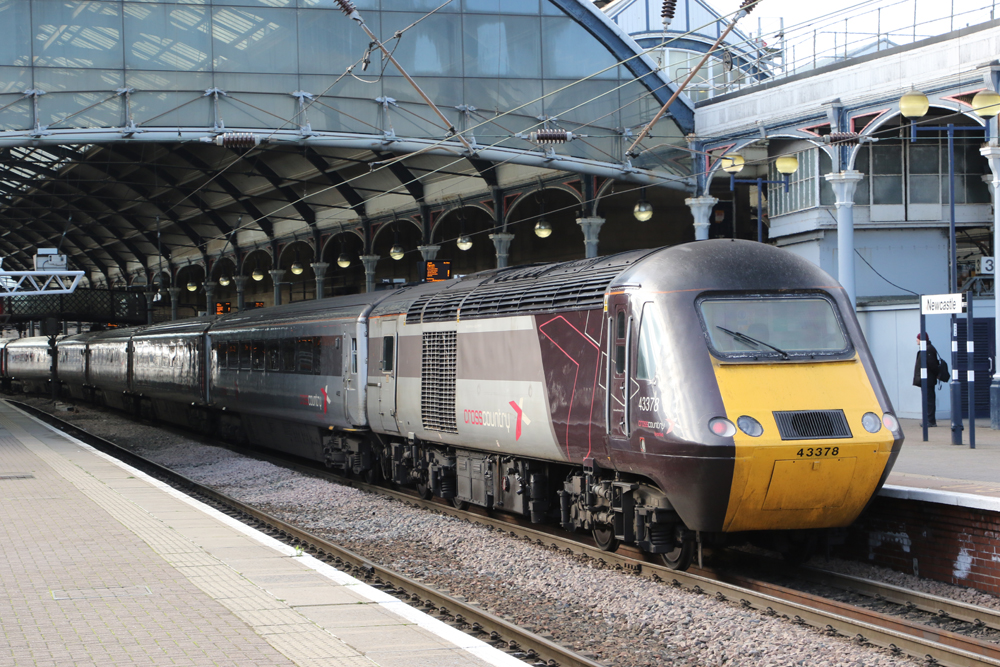






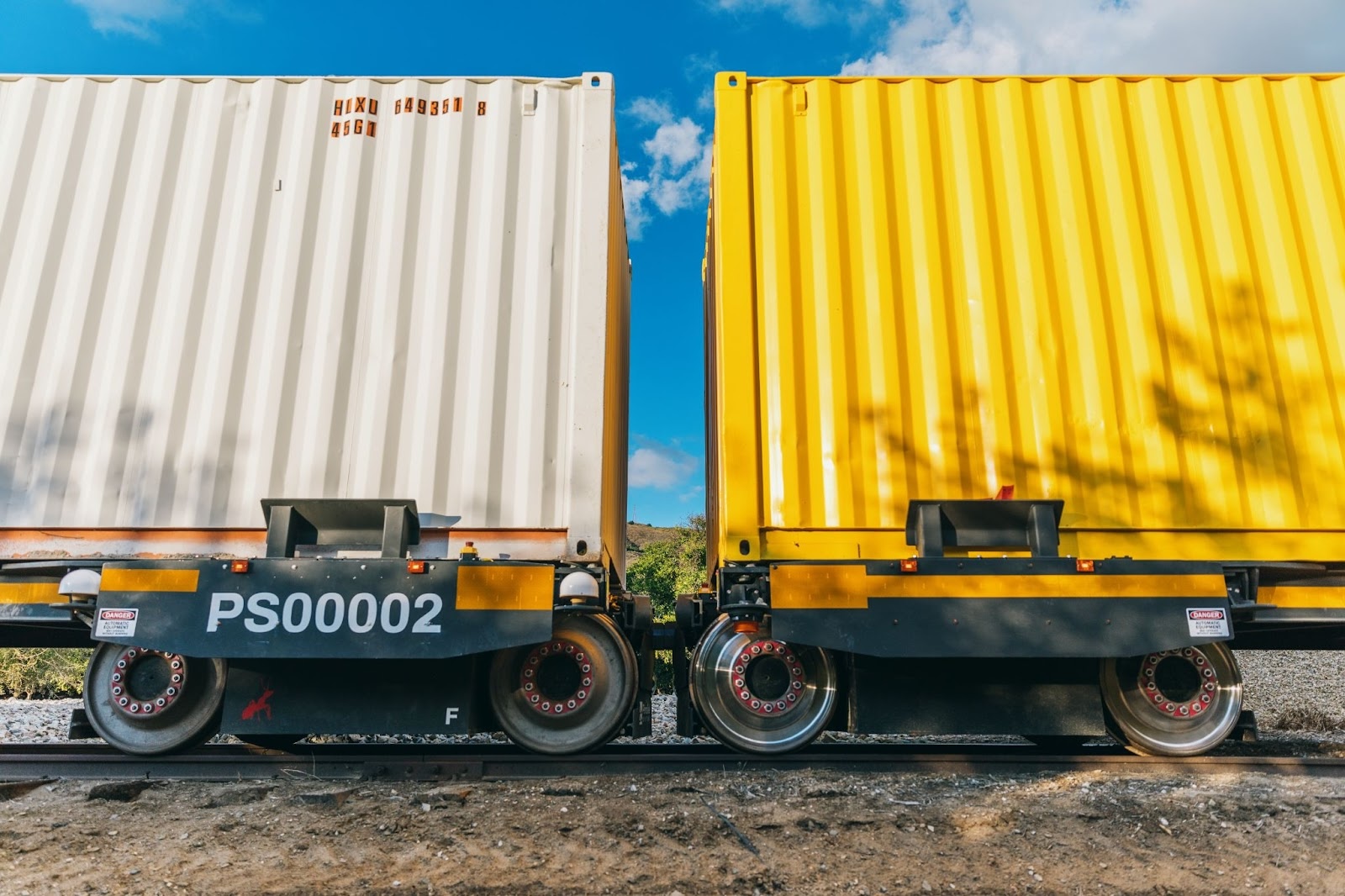
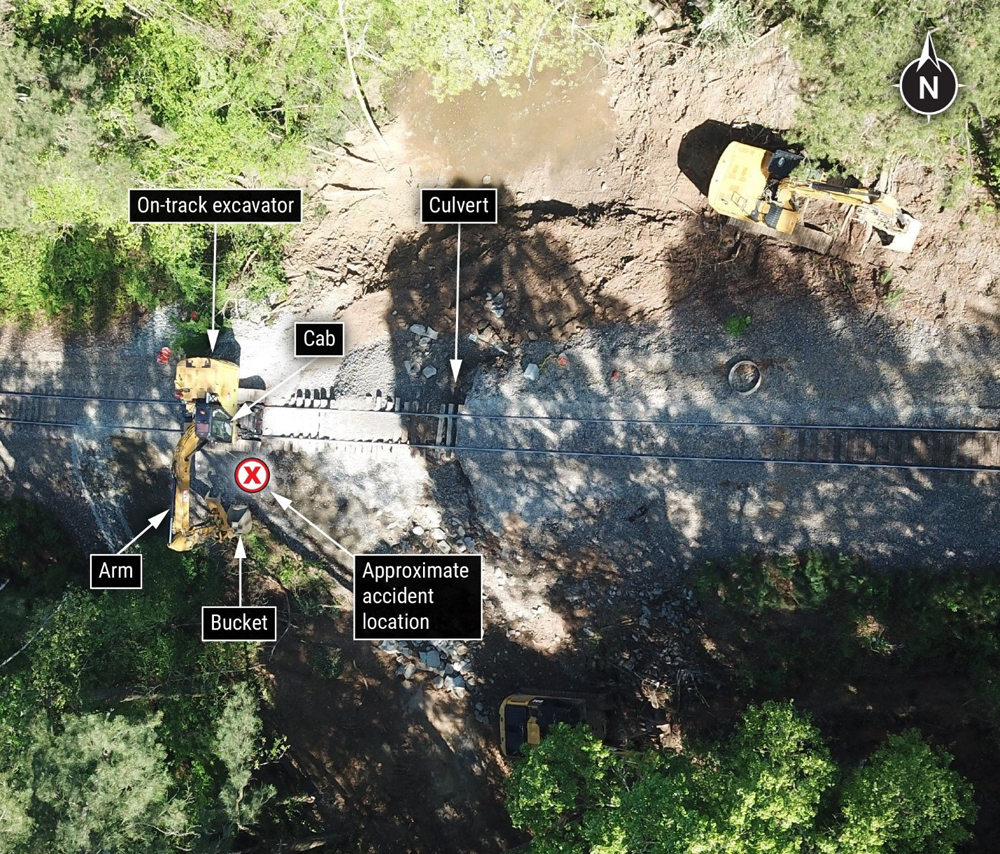
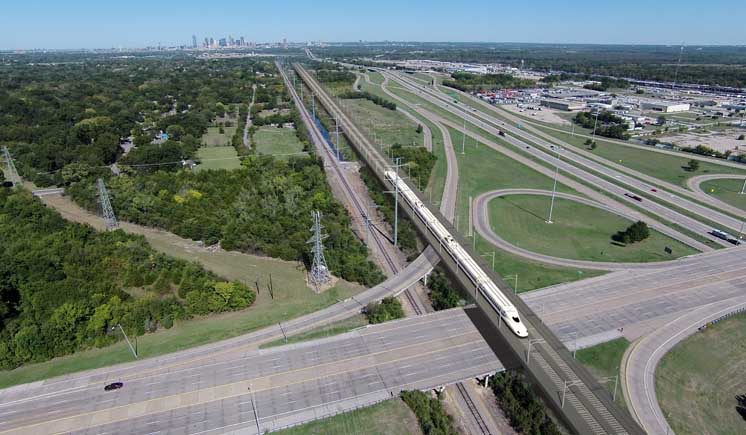
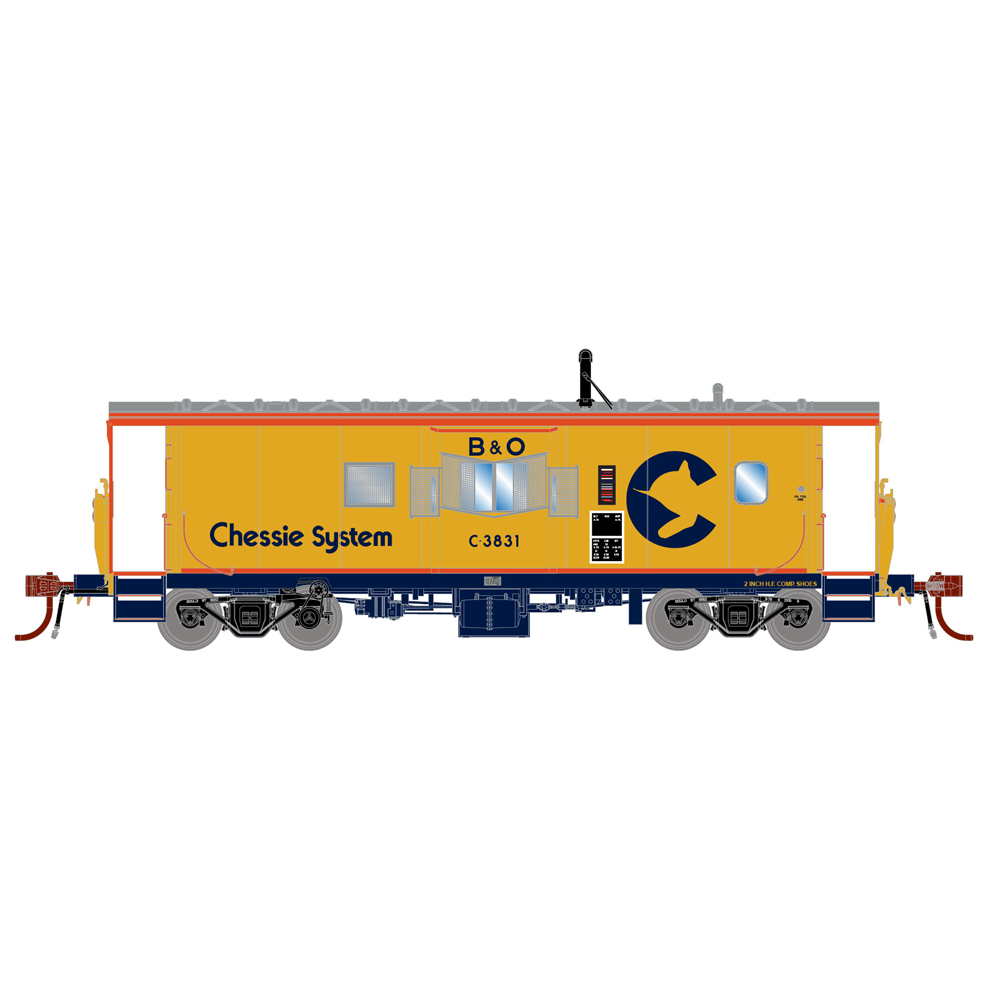




Having ridden the HST’s all over the UK and plenty of time on pre-Amtrak western lines there are many places in the USA where HST’s could work too. Not on every line but then we could use them. I rate the HST’s one of the best innovations of the past 50 years.
Many decades ago David P./ Morgan wrote that rolling stock isn’t the problem in American passenger rail. Conversely, he wrote, new rolling stock isn’t the solution.
So we see in Mexico that HSTs are being imported for a railroad that can’t even run a train.
WoW! HSTs in North America, who would have figured? The HSTs would have been a good fit for Amtrak and VIA in the 1970s, imagine a North American trainset with stainless steel coaches by Budd like the HSTs in Australia. The Siemens Charger-Venture trainsets used by Brightline are basically a HST Intercity 125 trainset in concept, design, operation, and marketing.
Do the HST;s meet FRA safety standards? Do the HST power cars meet EPA emission standards? Are the HST coaches ADA compliant? Think about the modifications Alstom and others have had to do to what are basically TGV’s used on the SNCF to allow U.S. use on the NEC. And, the problems encountered with each new generation.
Well I was thinking of the 1970s, the “Turboliner” era. Today we have Siemens Charger-Venture trainsets, a Brightline trainset is a modern HST.